
Marcello Gandini was an Italian car designer, widely known for his work with the Italian car design house, Bertone, where his work included designing the Alfa Romeo Carabo and Montreal, Lancia Stratos Zero, Maserati Khamsin, Ferrari GT4, Fiat X1/9, and several Lamborghinis, including the Bravo, Miura, Marzal, Espada, Urraco, and Countach. Gandini himself said his design interests prioritised vehicle architecture, construction, assembly, and mechanisms over styling.

The second generation of the BMW 6 Series consists of the BMW E63 and BMW E64 grand tourers. The E63/E64 generation was produced by BMW from 2003 to 2010 and is often collectively referred to as the E63.

The fourth generation of the BMW 7 Series consists of the BMW E65 and BMW E66 luxury cars. The E65/E66 was produced from 2001 to 2008 and is often collectively referred to as the E65. The E65 replaced the E38 7 Series and was produced with petrol and turbo-diesel straight-six and V8 engines, along with a petrol V12 flagship model.

The BMW E53 is the first generation BMW X5 mid-size luxury crossover SUV. The vehicle was the first SUV ever produced by BMW. It was produced between 1999 and 2006 and was replaced by the E70 X5.

The first generation of the BMW Z4 consists of the BMW E85 and BMW E86 sports cars. The E85/E86 generation was produced from 2002 to 2008. The E85/E86 replaced the Z3 and is the third model in the BMW Z Series. Initial models were in the roadster (E85) body style, with the coupé (E86) body style being added in 2006. In February 2009, the BMW Z4 (E89) began production as the successor to the E85/E86.

The Hofmeister kink is an automotive design feature consisting of a rearward/forward angle near the base of the rearmost pillar. It is named for Wilhelm Hofmeister, who was BMW's design chief from 1955 to 1970, though it appeared on other-brand cars made before Hofmeister's tenure at BMW.
iDrive is an in-car communications and entertainment system, used to control most secondary vehicle systems in late-model BMW cars. It was launched in 2001, first appearing in the E65 7 Series. The system unifies an array of functions under a single control architecture consisting of an LCD panel mounted in the dashboard and a control knob mounted on the center console.
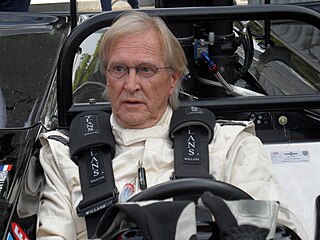
Harm Lagaay is a Dutch automobile designer. He was educated in the Netherlands where he completed the studies at the IVA and went to work for the Dutch company Olyslager in Soest.

Automotive design is the process of developing the appearance of motor vehicles, including automobiles, motorcycles, trucks, buses, coaches, and vans.
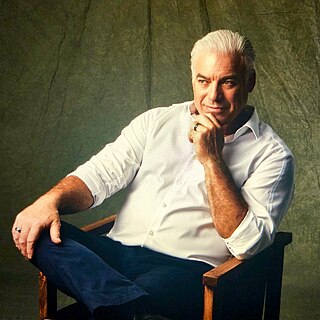
Frank Stephenson is a Moroccan-born Spanish-American automobile designer who has worked for Ford, BMW, Mini, Ferrari, Maserati, Fiat, Lancia, Alfa Romeo, and McLaren. He is best known for redesigning the Mini as the Mini Hatch.
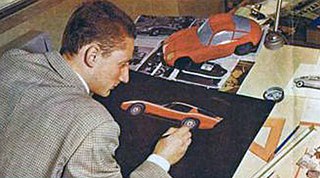
Ercole Spada is an Italian automobile designer. His most notable designs were produced in the 1960s, for the Zagato design studio house, where Spada was chief stylist. During this period some of the most notable sports cars by Aston Martin, Ferrari, Maserati, as well as Alfa Romeo, Abarth, Fiat and Lancia were clothed by Spada's designs.
Andreas Zapatinas is a Greek automobile designer and industrial designer.

The BMW Z9 is a four-seat coupe concept car, carbon-fiber skin over an aluminum space frame. It was introduced on September in 1999 at the Frankfurt Auto Show. During the 2000 Paris Auto Show a convertible variant of the Z9 was debuted. It was designed by Adrian van Hooydonk under manage of Chris Bangle, who was promoted to Director of BMW Group Design. Much of the styling found on E63 6 series is derived from the Z9.

The BMW Z4 (E89) is the second generation of the BMW Z4 range of two-door roadsters, and was produced from 2009 to 2016. The E89 replaced the E85/E86 Z4 and is the fourth model in the BMW Z Series.
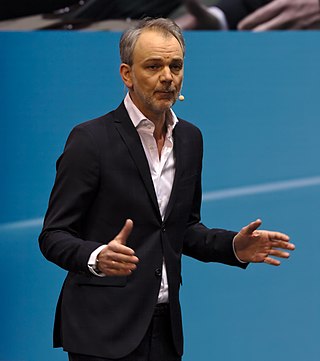
Adrian van Hooydonk, is a Dutch automobile designer and BMW Group's Design Director. He is based in Munich, Germany.

The BMW Z models are a line of roadsters manufactured by German automaker BMW. The Z stands for Zukunft, and has been produced in four different series with six generations consisting of roadster, coupé, sports car, and concept variants.

Designworks is a global creative consultancy owned by BMW and based in Santa Monica, California, United States. Designworks has two further studios, in Munich, Germany and Shanghai, China. Established independently in 1972 by Chuck Pelly, it became a wholly owned BMW Group subsidiary in 1995, and was instrumental in the design of the BMW XL Sports Activity Vehicle and the BMW 5 Series. Other development projects at Designworks have included the BMW electric car, BMW 8 Series (E31) seat, BMW 3 Series (E46), BMW Z8, BMW 7 Series interior, and BMW 100- and 1200 Touring motorcycles.
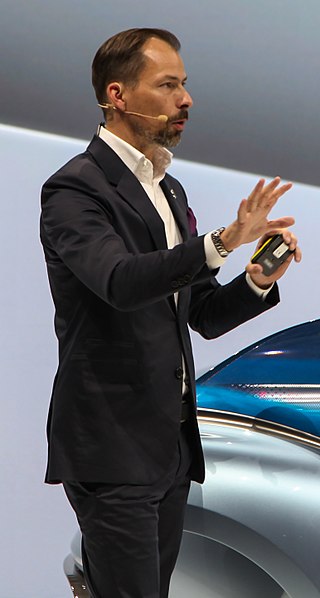
Anders Warming is a Danish automotive designer who is the Director of Design at Rolls-Royce. He started his new job in July 2021. Formerly he has been the Chief Design Officer of Borgward. He was the chief of Design for the Mini division of BMW, but resigned in July 2016. Many 1st and 2nd Generation Mini owners disliked his styling approach for the third generation cars. The most often criticized design element was the front end, something many people called a 'fish mouth' due to its large oval grille and lip-like black plastic trim. Before working at Mini, he was the chief of exterior design for BMW from 2007 to the end of 2010. After leaving Mini, he joined Borgward and later started his own design firm. In 2020, he was invited to draw Hengchi 1,2 and 4, which the cars going to be produced next year. Hengchi is the brand of China Evergrande New Energy Vehicle Group Limited
Ermanno Cressoni was an Italian car designer who worked for both Alfa Romeo and Fiat during his career. He designed or directed the design of a number of significant cars, such as the Alfa Romeo 75 and the Fiat Coupe. He was often referred to as 'Arch'. He died in Milan, Italy in June 2005, after battling cancer for over a year.

Robert Wayne Cumberford is a former automotive designer for General Motors, author and design critic – widely known as Automotive Design Editor and outspoken columnist for Automobile magazine.




















